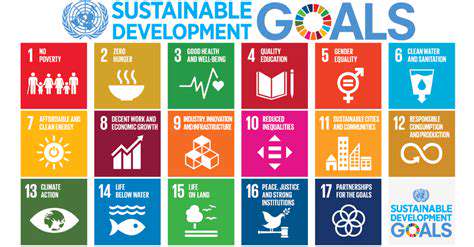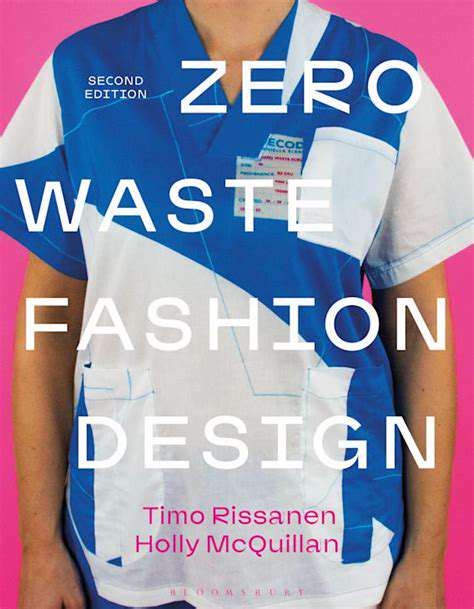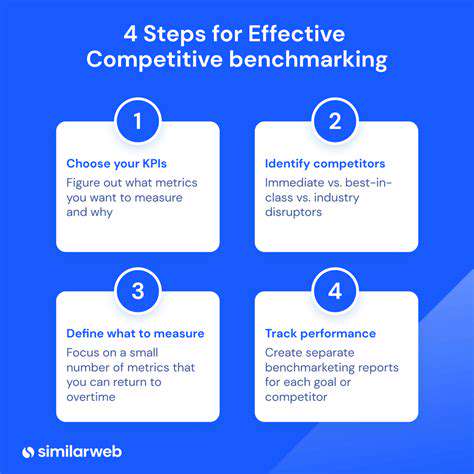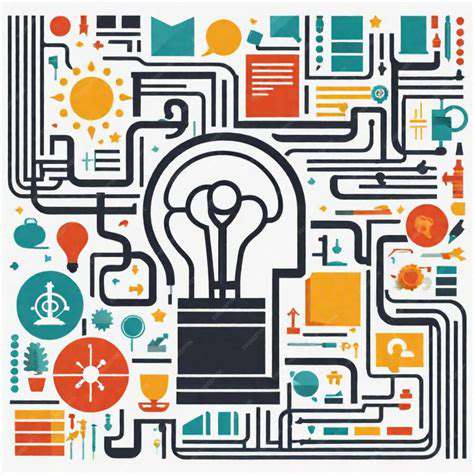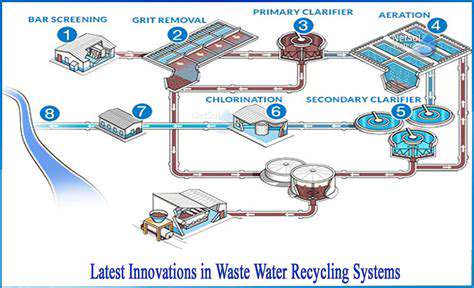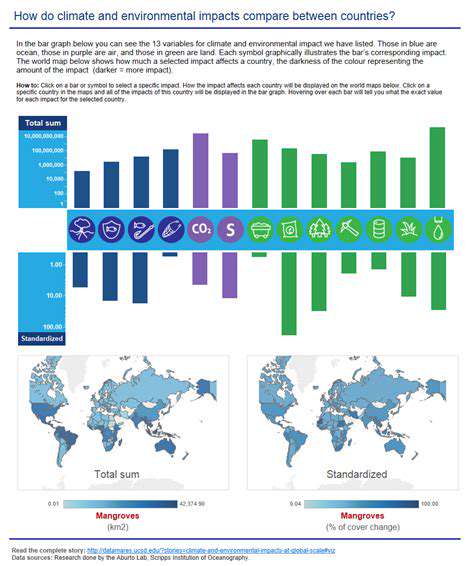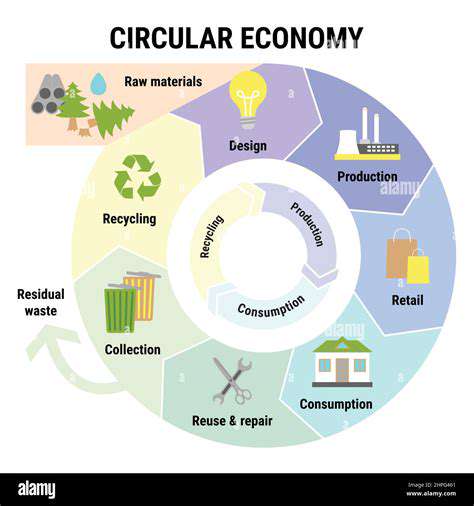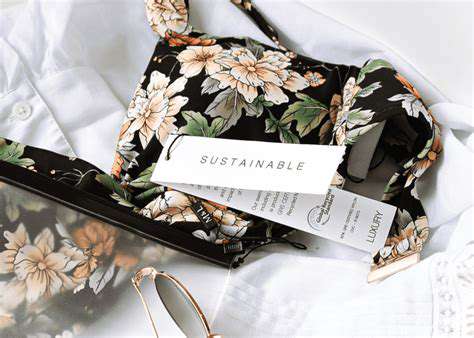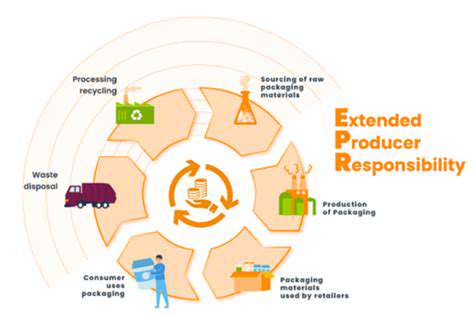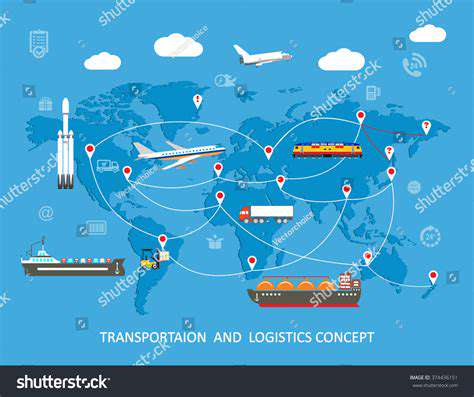The Intersectional Nature of Sustainable Fashion
Understanding the Complexities of Labor Practices
Looking behind the label reveals fashion's human story. Every garment carries the fingerprints of countless workers, each deserving fair treatment and respect. Ethical production isn't about minimum standards - it's about creating workplaces where people thrive, not just survive. In our globalized industry, this means understanding how local laws and customs shape workers' realities across continents.
The most ethical brands don't just audit factories - they build relationships. They know their suppliers' names, visit their facilities regularly, and create channels for workers to voice concerns without fear. This level of engagement transforms supply chains from opaque networks into transparent communities.
Fair Wages and Compensation
A living wage isn't a perk - it's a right. Fashion brands serious about ethics ensure their workers earn enough to afford food, housing, healthcare, and education for their children - with something left to save. This isn't about charity; it's about recognizing that underpaid workers can't possibly produce their best work. The math is simple: when workers prosper, businesses prosper.
Safe Working Environments
The Rana Plaza collapse taught us the devastating cost of cutting corners on safety. Today's ethical brands treat safety not as an expense but as an investment in human potential. Modern factories prove that beautiful clothes can be made in bright, clean spaces with proper ventilation and emergency exits. Workers shouldn't have to choose between their health and their paycheck.
Child Labor and Exploitation
No hand that can hold a pencil should be forced to hold a needle. Eradicating child labor isn't just about refusing to employ children - it's about creating economic systems where families don't face that desperate choice. Leading brands partner with local schools and vocational programs to ensure children have better options than factory floors.
Transparency and Accountability
Sunlight is the best disinfectant for supply chain abuses. Brands leading the ethical charge publish not just factory lists, but wage data, working condition reports, and improvement plans. They welcome independent verification because they have nothing to hide. This level of transparency builds trust with consumers who increasingly demand proof behind sustainability claims.
Empowering Workers
True empowerment goes beyond fair pay. It's about giving workers skills that last a lifetime - whether that's financial literacy classes or leadership training. The most progressive brands create pathways for factory workers to become managers, designers, even company owners. This transforms temporary jobs into lifelong careers with dignity.
Cultural Sensitivity
Ethical production respects local contexts. Western brands working in developing nations must check their assumptions at the door and listen to local workers about what fairness looks like in their culture. This might mean adapting management styles, work schedules, or even product designs to honor cultural norms while maintaining core ethical standards.
Environmental Impact: From Materials to Waste Reduction

Environmental Impact of Material Choices
Our material decisions shape the planet's future. The fibers we choose determine whether forests stand or fall, whether rivers run clean or polluted. Innovators are proving that the most luxurious fabrics can come from surprising sources - pineapple leaves, coffee grounds, even recycled ocean plastic. These breakthroughs show that sustainability and style aren't opposites - they're natural partners.
Understanding a garment's full journey - from field to wardrobe to afterlife - reveals opportunities to reduce harm at every step. The most visionary designers now measure success not just by seasonal sales, but by their creations' entire environmental footprint.
Raw Material Extraction
The earth shouldn't pay the price for our wardrobes. Responsible sourcing means working with farmers who regenerate soil rather than deplete it, and miners who restore landscapes after extraction. Forward-thinking brands invest in regenerative agriculture that leaves land healthier than they found it. This isn't just environmentalism - it's ensuring future raw material supplies.
Manufacturing Processes
Waterless dyeing, solar-powered factories, zero-waste pattern cutting - today's innovations prove fashion can be clean. The factories of the future will measure success by what they don't produce: pollution, waste, and emissions. These facilities show that efficiency and ecology can be designed into production from the ground up.
Product Durability
Fast fashion's greatest sin isn't its speed - it's its disposability. True sustainability means designing clothes to last generations, not seasons. This requires rethinking everything from stitching techniques to fabric choices to create heirloom-quality pieces. When clothes are made to last, they become investments rather than expenses.
Waste Management
The end of a garment's life is just the beginning of its next chapter. Pioneering brands are closing the loop with take-back programs that turn old clothes into new resources. From shredding jeans into insulation to composting natural fibers, these solutions prove waste is just a design flaw waiting to be fixed.
Sustainable Materials
The material revolution is here. Next-gen fabrics made from algae, bacteria, and agricultural waste aren't science fiction - they're hitting stores now. These innovations don't just reduce harm - they create positive environmental impacts by cleaning air, water, and soil during production. The future of fashion isn't just sustainable - it's regenerative.
The Path Forward: A Shared Responsibility
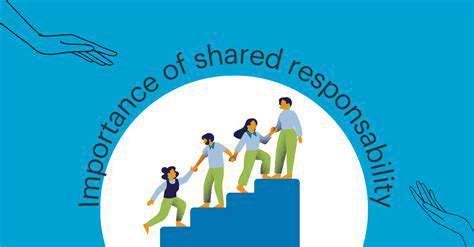
Navigating the Challenges
Transforming an entire industry won't happen overnight. The road to sustainability is paved with complex trade-offs and difficult choices. What makes this challenge unique is that every stakeholder - from CEOs to consumers - holds a piece of the solution. Progress happens when we stop waiting for others to act first and start finding ways to collaborate across traditional boundaries.
We're all learning as we go, but one truth is clear: business as usual isn't an option anymore. The brands that will thrive are those that see sustainability not as a compliance issue but as their greatest opportunity for innovation and connection with customers.
Building a Sustainable Future
The future of fashion is being written now - not in corporate boardrooms, but in the collective actions of millions. Every purchase is a vote for the world we want to live in. When we choose quality over quantity, ethics over expediency, we're not just buying clothes - we're building a movement.
The most powerful tool for change might be the simplest: wearing our values literally on our sleeves. When sustainable fashion becomes the norm rather than the exception, we'll know we've succeeded. Until then, every small step matters - repairing instead of replacing, swapping instead of shopping, and always asking WhoMadeMyClothes.
This isn't just about saving the planet - it's about creating an industry worthy of the beautiful, diverse people who bring clothing to life. The most sustainable fashion isn't just environmentally sound - it's emotionally resonant, culturally rich, and fundamentally human. That's a future worth dressing for.
